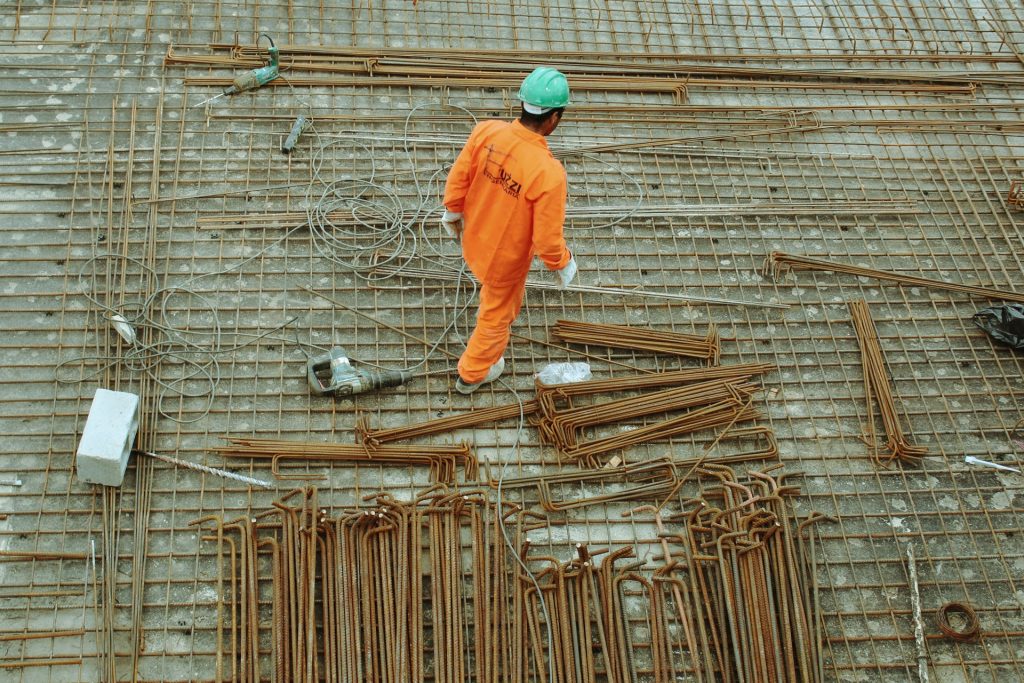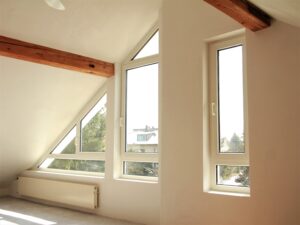Acting instead of hoping - regional is first choice!
Get out of dependence on global markets and disruption-prone supply chains. What is happening right now and when will it end?
We have been dealing with the use of natural lime in interiors for more than 25 years now. In other words, significantly longer than the period in which healthy living was recognized and designated as a megatrend. We are glad that today a growing part of society recognizes that it does matter what you bring into your four walls. The realization that installed materials on walls, ceilings and floors have an influence on indoor air quality is increasingly shared. Also the claim that in the selection of building materials theme such as sustainability and protection of the environment are increasing pleases us.
In this blog, we ask ourselves the following questions:
- From which raw materials are the materials made?
- Where are the raw materials extracted?
- Where are the individual components manufactured?
- And where are the building products ultimately manufactured?
For KalkKind, the claim to produce clean, natural building materials is always linked to the task of ensuring that we use regional raw materials as close to the production site as possible. In addition, we also always highlight the advantage for specialized companies to advertise with these arguments.
However, before the building materials crisis, we would not have thought that these issues would become so substantially important for the trade in such a short time.
The development in the building materials sector, as we have experienced on this scale for the first time since spring of this year, has startled the entire industry. We have never experienced delivery problems to this extent with standard products such as finishing panels, profiles, wood, but also plasters, paints, varnishes and other materials containing plastics.
Supply bottlenecks and rising prices are now affecting the entire construction industry. Anyone who thought that the development that became apparent at the beginning of the year and had already dramatically intensified at the end of the first quarter would only be short-lived must have been disillusioned by the current news at the latest.
The situation in the market has opened the eyes of many specialist companies to how dependent the trade is on the ability of industry and trade to deliver. When supply chains no longer function or even collapse, when prices for building materials rise to unprecedented levels or are about to explode, then no matter how full the order books are, that will get the most successful company into trouble.
This development cannot be explained by the effects of the pandemic alone, but is the result of the crisis-prone global market. Political decisions and crises affect global supply chains and international flows of goods. The power struggle for dominance of international markets is putting national economies on the spot.
For example, trade relations with Asia, especially with China, have so far been an important factor for economic development in European countries. If the European Union’s relations with China are currently changing due to U.S. pressure, it is primarily these political decisions that are fueling this trade crisis considerably more than the effects of the pandemic.
There are no indications that the situation in the market will calm down and ease in the short term. There is also no evidence to support the assumption that the price increases of recent months and those still to come will be reversed at some point. Supply and demand regulate the price. We can expect to be faced with demand outstripping supply for a long time.
Out of the globalization trap
Here are some reasons for supply chain breakdown, extension of delivery times or even inability to deliver:
Origin of raw materials
Most of the standard materials in the market contain synthetic fractions, which are produced on the basis of petroleum or natural gas. As a rule, the precursors and derivatives for the production of the various chemicals are already manufactured in the oil and gas producing countries and supplied to the chemical industry. This then manufactures the chemicals and assembles the components required by the building materials industry. When you consider that several dozen individual chemicals are used in the production of a simple emulsion paint, it becomes clear how susceptible to disruption the ability to supply is if individual components are not available.
Dependence on logistics
At all levels of the supply chain, from extraction and production to the building materials trade, there is no significant stockholding and only the magic formula of “just in time” is used. Warehousing is thus shifted to ships, rail and trucks. As a result, logistics is increasingly becoming a sensitive uncertainty factor for the provision of raw materials and goods. The further the transport routes, the more transshipment points have to be served and the more frequently the means of transport have to be changed.
- from the extraction site to the refinery
- from the refinery to the factory to produce the precursors there
- from there by rail or transporter to the ports
- on the tankers halfway around the world
- from the ports by rail or truck to the chemical plants
- from the chemical factories to the building materials manufacturers
- from the building materials manufacturers to the building materials trade
- from the building materials trade to the specialist companies
Here it becomes clear how sensitively these global flows of goods can be disrupted simply by problems occurring in logistics. Not to mention the environmental impact this type of production and supply has on our environment.
Note: Why is it permissible to advertise products that contain substances produced in this way as "sustainable"?
Sales are increasingly being shifted to the Internet.
Trade is shifting more and more to the Internet. This development has been on the horizon for some time. Building materials of all kinds, plasters, paints and varnishes have also found their way to Amazon and Co. Internet platforms are flourishing. Again, there is no indication that this development will take a different direction as a result of an end to the measures. Especially since almost all building materials retailers now also offer their product range via Internet stores. This further increases the pressure on prices in the building materials trade. As a result, stocks are not being built up and held in readiness to ensure a reliable supply capability for the skilled trades. First, the materials sold with advance payment via the Internet platforms are delivered. If anything is left over, it’s then the craftsman’s turn. Even if that’s a drastic way of putting it: global flows of goods and advancing digitization at all levels represent not only advantages but also dangers for craft enterprises.










